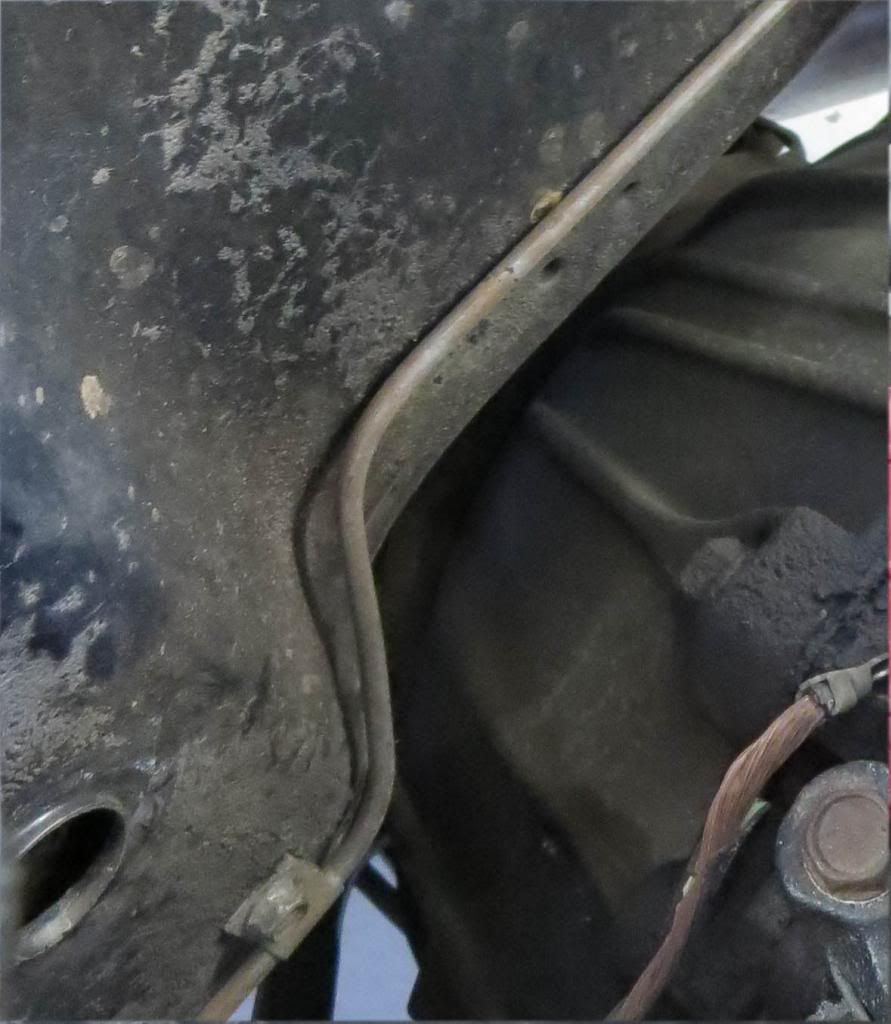So some follow up questions / clarifications for my Oct 64 SJ car:
1) does the heater hose hole dum-dum look original, and that thick? Note that the heater delete plate & black caulk in heater bolt holes were not original. I did that.
No it does not look original IMHO for that plant and time period
2) any more clarification on if the other small holes (I6 accelerator bracket holes) would be filled for my car considering other examples? They weren't on mine, but not sure if that's original.
Looking at other cars from the same period I would suggest no. Looking at the pictures at the bottom of the page I see no shadow in the firewall sealant at those holes or at the heater hoses to suggest that there was dum-dum there when the sealer was applied
3) There also doesn't seem to be much sound deadener applied on the FW. Was this typical for my plant & period? Looks like there might have been some around the master cylinder, K/H proportioning valve, and below the steering column.
Though we use the term "sound deadener" to apply to all firewall sealants at all plants 64-73 in 64-66 San Jose a spray adhesive (label so in the assembly manuals also) was used. Really didn't seal as well as the stuff they later used this product looks more like 3M spray adhesive IMHO with its spider web type of texture. I can recall when the cars were new looking like brown spider webs over the firewall. In the area where the cars were built its not humid so the dust and dirt blowing around often got caught up in the adhesive IMHO while the new cars sat outside the plant and/or in transport
Most builders today use a spray rattle can rubberized sound deadener to fill the need though the look is very different unless you can find just the right can and spray nozzle to get the stuff to come out just right

While were on the subject (this plant and year) you should be able to see a connect the dot sort of pattern where the worker sprayed from one point to the next dragging the spray from point to point. You can often see one or two different patterns on each firewall and sometimes a 3-5" wide application on the radiator support top edge where the guy got a little messy

While we're at it discussing this plant and time period, you car is also one that likely would have had the same sealant applied to your horn wires and boot (also the metal surface around the boot) as a attempt to "black out" the wire. San Jose did this for a short period then appears to have stopped the efforts
Since we got deep into these details I'll split it with you post above and start a new thread for others to find easier in the future
